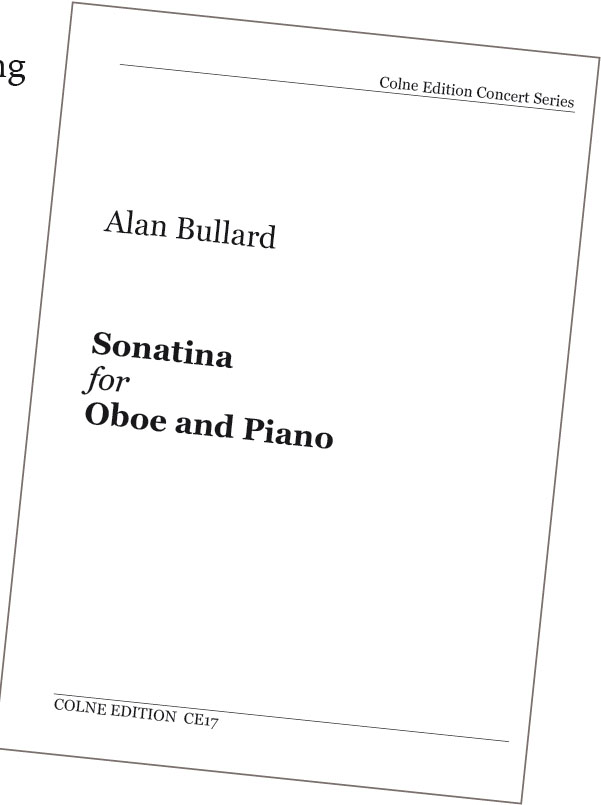
Aiming High
This is a collection of eight characterful miniatures for oboe and piano, each about one to two minutes long. The work was composed with the goal of helping oboists become more comfortable with the higher register of the instrument and would be suitable for anyone around the Grade 3 or 4 standard.
Aiming High is really approachable and has plenty of tuneful melodies that will engage young students – even the colourful front cover and fun titles will capture their imaginations. Joliffe wanted to address the key aspects of oboe playing without making it feel like a bland, repetitive exercise book. Instead, these oboe fundamentals are incorporated into the music. The movements ‘Aiming High’ and ‘Victory’ both focus on slurring across large intervals that will encourage a good air flow and expressiveness throughout the range of the instrument. The fourth movement, ‘A Tall Tale’, also stood out as it would help students with quick rhythm changes, such as switching from duplet to triplet quavers.
In addition, the music covers a variety of key and time signatures that stay within the Grade 3 to 4 ability. Joliffe also keeps the oboe mostly within the range of the stave, but as the name Aiming High suggests he occasionally dips a toe into the second octave without making it feel overwhelming. The piano part is also realistically written and keeps in line with the standard of the oboe part, which I appreciated. Even someone with heavy hands like mine could bash their way through it.
If you want a long-term piece of music for your pupil, then Aiming High might not be right for you. Instead, I would recommend this book if you need something short and sweet that helps develop some of the basics of oboe playing It could even act as a great way of starting off the academic year or if you fancy some time away from the ABRSM exam syllabus. A few movements would even be perfect for a school recital or something similar. I will certainly be Aiming to introduce these pieces to my own students in the future.

Sonatina for Oboe and Piano
Alan Bullard's Sonatina for Oboe and Piano is a charming three movement work. Roughly eight minutes in total, it begins with a steady first movement, slow second and a quick finale. It would be suitable for someone around the Grade 6 standard and above.
There is a lovely sense of English whimsy about the piece that reminded me of composers such as Lennox Berkeley, who actually wrote an oboe sonatina as well. However, Bullard's work isn't a copy or pastiche as he definitely has his own musical voice to show here.
The first two movements are packed full of expressive melodies that encompass the whole range of the oboe, which present an opportunity for students to work on more mature musical ideas. Bullard also explores some really interesting harmony that will definitely stretch the player, while the key signature and accidentals frequently change between sharps and flats. On the whole, the music requires good stamina and control particularly in the quieter dynamics and in the lower range of the oboe. In fact, I found myself using the piece in my own practice! The ability to play left-handed D#s will also be needed. While tricky, it is defintely worthwhile for younger players to tackle these challenges.
The final movement is great fun to play, offering a witty and lively ending to the piece. However, it does present a different set of technical demands. There are a few fast passages, as well as some rhythmic interplay between the oboe and piano. Bullard also includes an occasional 3/8 bar in a 2/4 time signature. I have a feeling this movement might push some Grade 6 players as some of the finger work is on the harder side.
This is a fantastic piece for students to sink their teeth into, or perhaps work on as part of a longer project. It would go down really well in an end of year school recital, for example, and I can definitely see myself programming it for something such as a music society concert.




